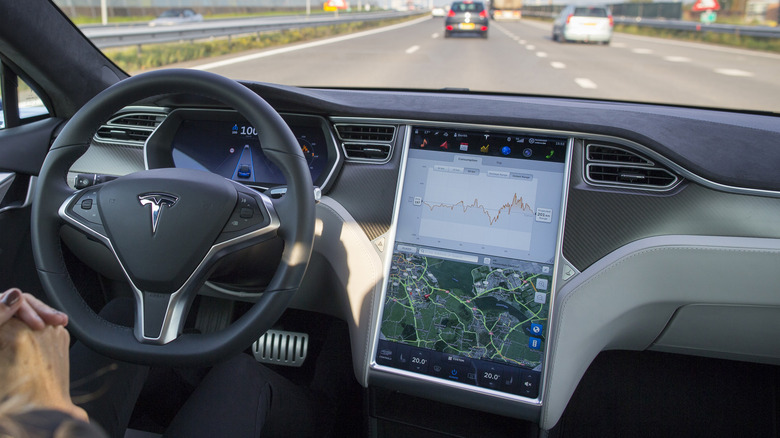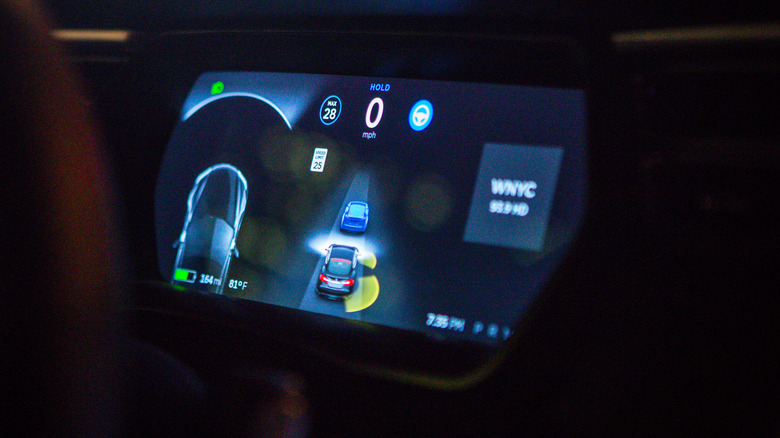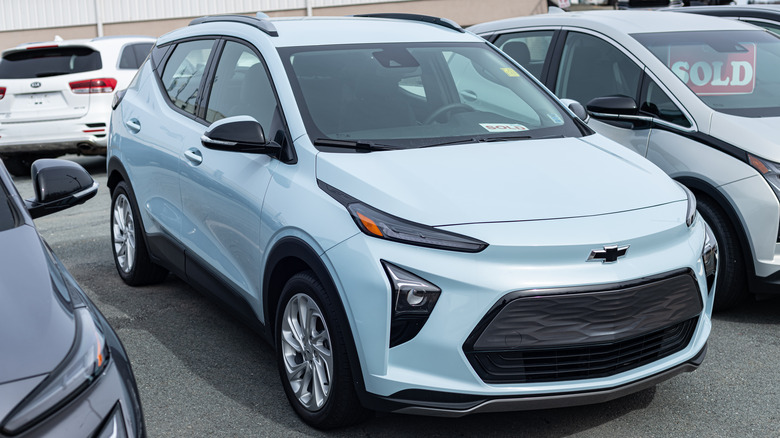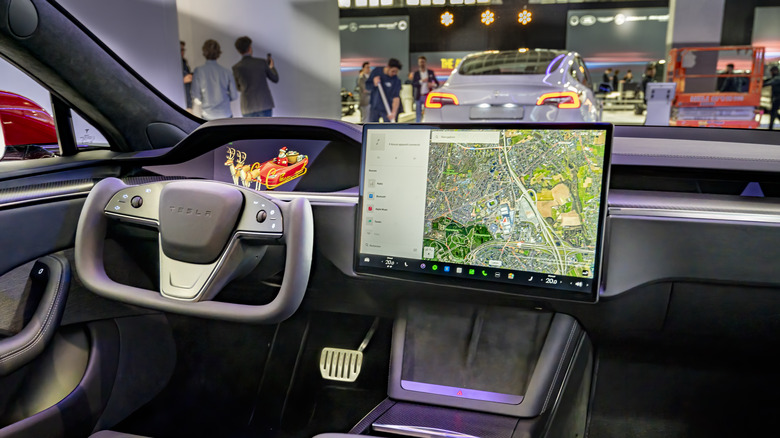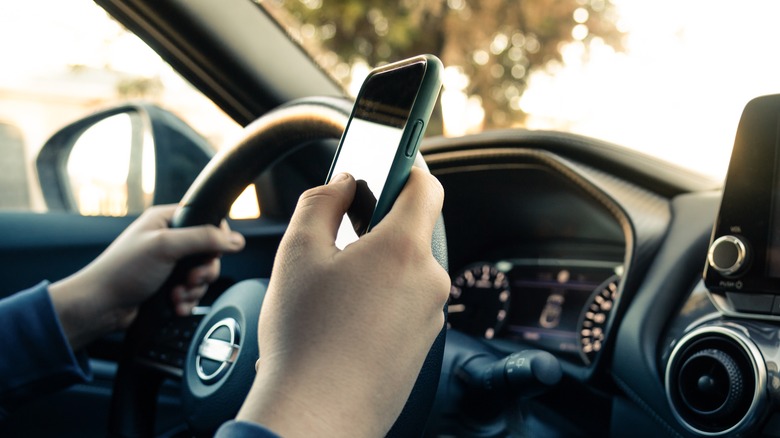GM's Super Cruise Vs Tesla's Autopilot - Which Would You Trust To Take The Wheel
Advanced Driver-Assistance systems (ADAS) are not new to the industry but are becoming available on a wider selection of vehicles. In recent years, the technology has become more sophisticated and drivers have adjusted to the idea of yielding control of their vehicles over to an array of computer processors, cameras, and sensors.
The first driver assist technologies – adaptive cruise control and lane-keeping assistance — appeared in the late 20th century and were the basic building blocks for Tesla's autopilot software, which debuted in the Model S as part of a 2015 software update. Since then, the manufacturers that have joined Tesla in developing ADAS include BMW, Google, Volkswagen, Volvo, Audi, Ford, and General Motors.
GM launched its system — called Super Cruise — with the 2018 Cadillac CT6. Super Cruise is classified by the NHSTA as a Level 2 system, meaning it is not fully autonomous and the driver is expected to "remain engaged with the driving task and monitor the environment at all times."
Let's compare these two systems and see how they stack up against one another.
What is Tesla Autopilot?
Autopilot first found its way into the Model X in October 2015. At the time, it included only adaptive cruise control and a feature intended to keep the vehicle between painted lane markers. Despite these limitations, just three months later Elon Musk tweeted that before too long drivers would be able to beckon their Teslas from across the country. "In ~2 years," he wrote, "summon should work anywhere connected by land & not blocked by borders, e.g. you're in LA and the car is in NY." Full autonomous driving capability is not yet available, so drivers still must stay engaged and alert, although it is possible to fool Tesla's systems by hanging a weight from the steering wheel. Tesla's promises regarding its autonomous driving systems have consistently outstripped its ability to deliver, and although all its current models ship with the computer needed to run the full self-driving software, new Tesla buyers must pay $12,000 to enable Full Self-Driving on their vehicles.
Despite the moniker and hefty price tag, Tesla's Full Self-Driving System still does not allow drivers to separate their attention from the road. According to Tesla's website, "The currently enabled features require active driver supervision and do not make the vehicle autonomous. The activation and use of these features are dependent on "achieving reliability far in excess of human drivers as demonstrated by billions of miles of experience, as well as regulatory approval."
What is GM SuperCruise?
GM has never claimed its SuperCruise system will deliver your car to you from the opposite coast, promising only that it can work in tandem with an active OnStar plan to keep your vehicle a safe distance from others while traveling on about 200,000 miles of roads across the US and Canada. SuperCruise uses colored LED indicators on the steering wheel to communicate to the driver when it is safe to let go, and the system regularly prompts the driver to put their hands back on the wheel while it is engaged.
SuperCruise only works on compatible roads and is available on the 2022 Bolt EUV and Silverado pickup truck as well as 2023 Bolt, Silverado, Tahoe, and Suburban models.
Brian Silvestro of Road and Track was given a Super-Cruise-equipped Cadillac Escalade for a 300-mile test run and came away impressed by the system's ability to smoothly interpret traffic conditions and react to them.
"It feels like there's an actual human driving the car," he wrote, "rather than a machine designed to mimic a driver. It'll speed up and slow down in traffic without being jerky, and lift off through sharper bends. It blends in perfectly to the environment in which it's operating. The system will speed up or slow down to automatically switch lanes, just like a real driver would."
Silvestro noted that the system disconnected on certain roadways like New York City's FDR Drive and when he was in the far right lane of certain highways, and admitted GM's 200,000 miles of mapped roadways was a tiny fraction of the 4 million miles of road in the United States.
Issues with Tesla Autopilot
Tesla's autonomous driving technology has a spotty reputation at best, having been blamed for several crashes since its introduction. The first fatality blamed on Tesla Autopilot was that of Gao Yaning of China's Hebei province, who died in January 2016 when his autopilot-controlled Model S crashed into the back of a street sweeper. The first related death in the United States came that May when Joshua Brown's Model S collided with the side of a tractor-trailer near Williston, Florida.
According to The Washington Post, the NHTSA has documented 736 additional Autopilot-related crashes since 2019, resulting in 17 more fatalities.
Dorothy Lynch, whose great-nephew Tillman Mitchell was hit by an Autopilot-controlled Tesla Model Y while getting off a school bus in North Carolina, cautioned against the reliance on computers to control our vehicles. "I pray that this is a learning process," Lynch told the Post. "People are too trusting when it comes to a piece of machinery."
Former NHTSA senior safety adviser Missy Cummings is alarmed by the number of crashes involving Autopilot-guided Teslas. "Tesla is having more severe — and fatal — crashes than people in a normal data set," she said.
Just hours after the Full Self-Driving feature was rolled out in North America last year, a Model S changed lanes and braked abruptly on the San Francisco Bay Bridge, causing an eight-vehicle crash that injured nine people; more than 100 similar complaints of sudden braking involving Tesla vehicles were filed in a three-month period last year.
All driver assist systems have limitations
Any automated driver assist technology is only as safe as the driver utilizing it, although Tesla's aggressive marketing of its technology may be giving some of its drivers a false sense of confidence with regards to the Autopilot and FSD systems. Tesla even features a video on the autopilot section of its website showing a driver cruising through busy city traffic with his hands well away from the steering wheel at all times. The video is captioned, "The person in the driver's seat is only there for legal reasons. He is not doing anything. The car is driving itself."
On the contrary, GM has launched a public information campaign to educate drivers on responsible use of the SuperCruise system.
Andrew Farah, executive director of advanced driver-assist systems at GM, told The Verge, "You are still the driver of the car. And that's why we don't refer to those systems as autonomous."
Farah said the nearly 80,000 Super-Cruise-equipped GM vehicles have traveled more than 77 million miles using the technology as of June 9th, and although GM reported a few crashes to the NHTSA involving vehicles with Super-Cruise, in none of those cases, was the system controlling the car at the time of the accident.
Farah said GM would continue to work to make sure GM's system was safe and his company would continue to do what it could to give customers peace of mind. "What I know is that we've made sure we've got a fully tested system," he said, "and we're putting it out there as such, there's no disclaimer to sign ... I can't speak for the other folks."
